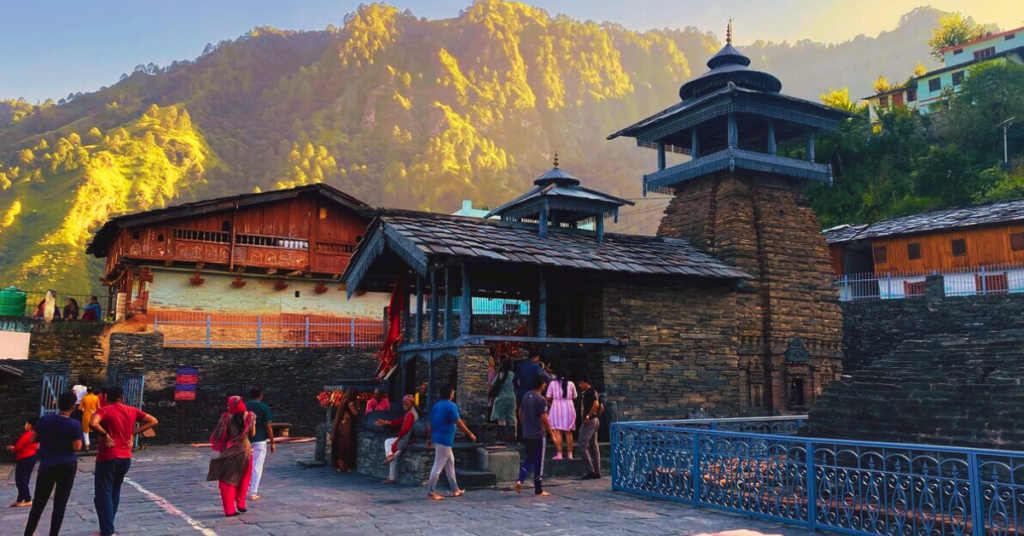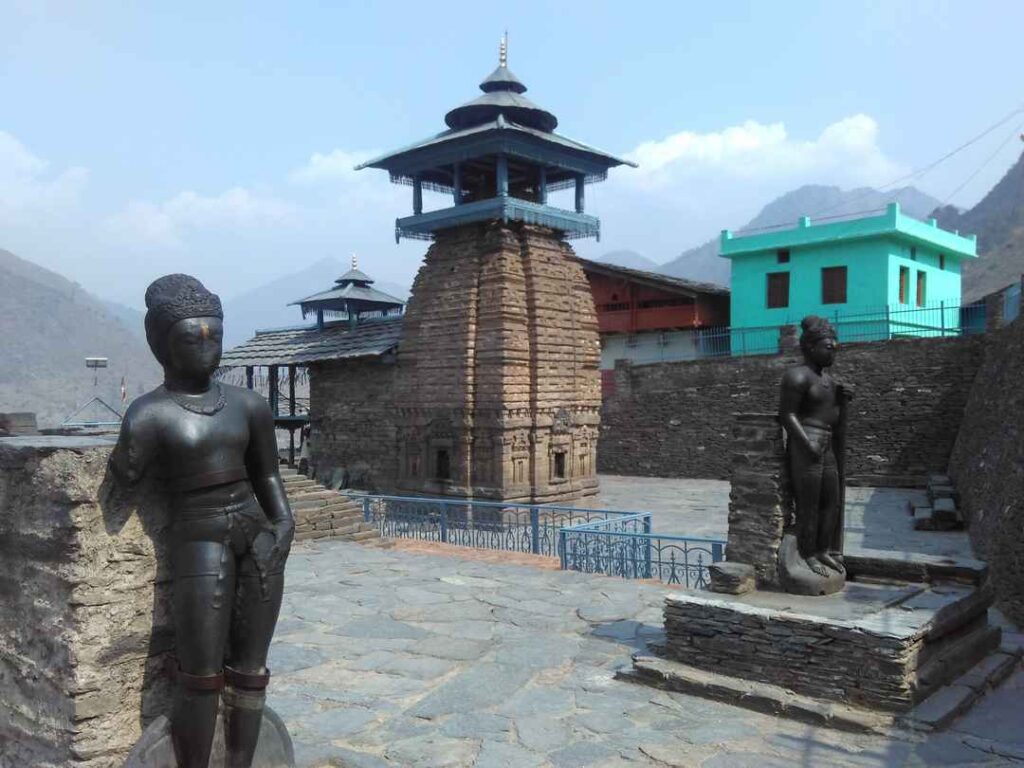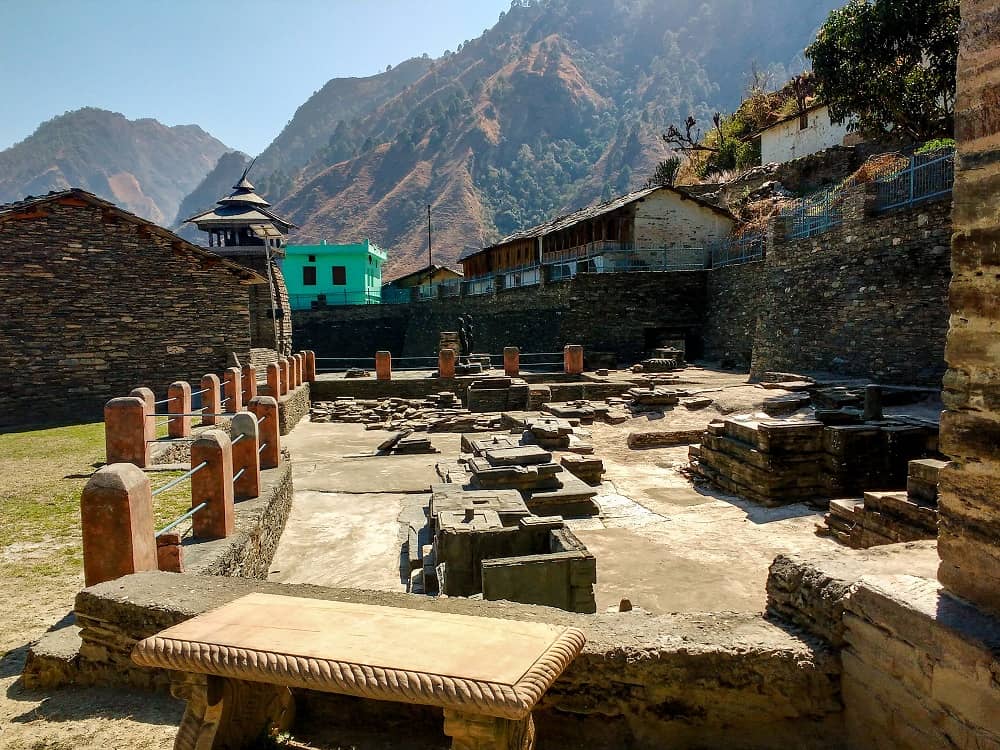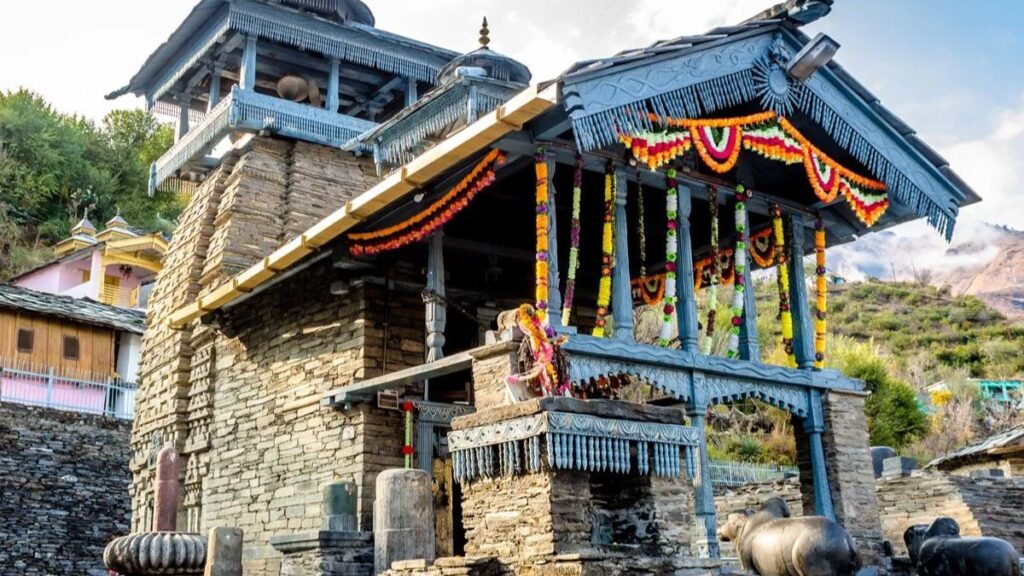



Nestled in the serene Garhwal Himalayas of Uttarakhand, India, lies a hidden gem of ancient architecture and mythology—Lakha Mandal. Though lesser known than famous sites like Kedarnath or Badrinath, Lakha Mandal holds immense archaeological, spiritual, and historical importance.
Location and Setting
Lakha Mandal is situated in the Dehradun district, near the village of Lakhamandal. It is about 120 km from Dehradun city and 35 km from Chakrata. Perched on the banks of the Yamuna River, the site is surrounded by lush green mountains, making it a tranquil yet awe-inspiring destination.
Historical Significance
Mythological Roots
According to the Mahabharata, this place is believed to be where Duryodhana planned to kill the Pandavas by building the infamous Lakshagriha—a palace made of lac (wax), which was set on fire. The Pandavas escaped through a secret tunnel, which many believe still exists in the area.
Archaeological Marvel
The site is famous for its ancient Shiva temple, dating back to the 8th–12th century CE, built during the reign of the Yamuna Valley kings. The architecture reflects strong influences of Katyuri and Gupta styles, featuring exquisite stone carvings, sculptures, and many Shivlingas made of graphite—known to shine when water is poured on them.
Excavations by the Archaeological Survey of India (ASI) have uncovered over 100 Shivlingas, making Lakha Mandal one of the densest Shiva worship sites in India.
The Main Temple Complex
The temple complex is dominated by a towering stone temple dedicated to Lord Shiva. It is flanked by smaller shrines and open mandapas. One unique feature is the presence of two life-sized stone statues believed to be guardians (dwarapalas) or possibly Bhima and Arjuna. Locals say that touching these statues can revive the unconscious.
Spiritual and Cultural Relevance
Although the temple has lost some prominence over the centuries, it remains a sacred pilgrimage site for local communities. It is also gaining popularity among spiritual seekers, trekkers, and history enthusiasts.
During festivals like Shivratri, villagers gather here for rituals and celebrations, keeping Lakha Mandal’s cultural heritage alive.
How to Visit
- Nearest city: Dehradun (well-connected by air, rail, and road)
- Distance: About 120 km from Dehradun, 35 km from Chakrata
- Best time to visit: October to March (avoid monsoon due to landslides)
- Accommodation: Basic guesthouses nearby; better options in Chakrata or Dehradun
Conclusion
Lakha Mandal is more than an archaeological site; it is a living testament to India’s mythological past, architectural brilliance, and spiritual depth. As tourism uncovers the hidden gems of Uttarakhand, Lakha Mandal stands out where history, mythology, and nature come together beautifully.
Whether you are a history lover, spiritual seeker, or curious traveler, Lakha Mandal offers a timeless journey—one stone at a time.
